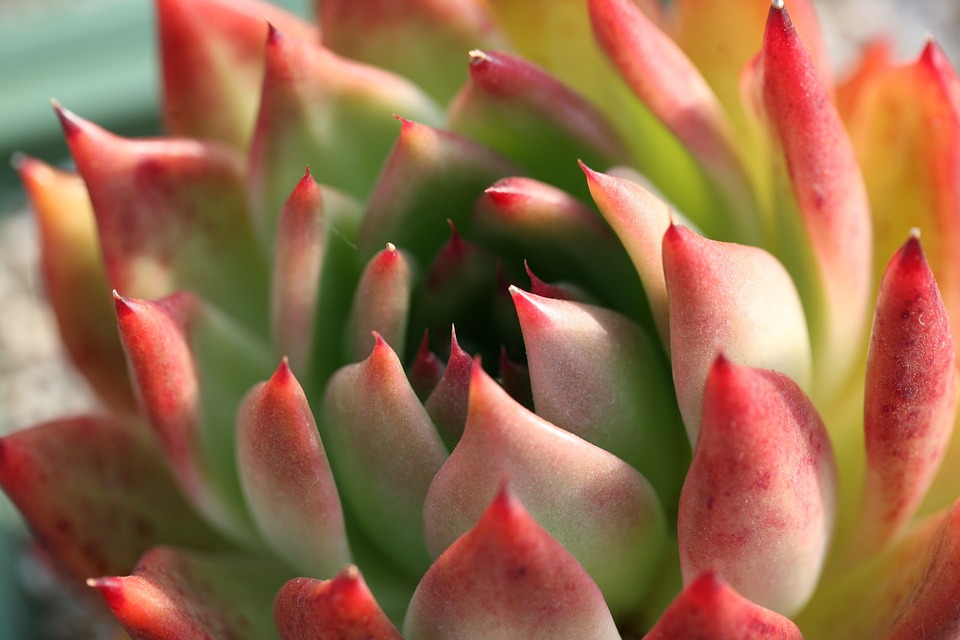Introduction
Greenhouse gardening offers a unique opportunity for all-year productivity, allowing gardeners to extend their growing seasons and cultivate plants that thrive in a controlled environment.
By harnessing the power of a greenhouse, you can grow your favorite fruits, vegetables, and flowers regardless of the external weather conditions.
In this article, we will explore the benefits of greenhouse gardening and provide tips for maximizing productivity throughout the year.
Benefits of Greenhouse Gardening
Greenhouses provide various advantages that contribute to all-year productivity:
- Extended Growing Season: With a greenhouse, you can start planting earlier in the spring and continue harvesting well into the fall or even winter.
This allows you to enjoy fresh produce and flowers for an extended period. - Protection from Weather Extremes: Greenhouses shield plants from harsh winds, heavy rains, and temperature fluctuations, providing a stable climate that promotes healthy growth.
This protection is particularly useful for delicate plants that may not thrive in your region’s natural climate. - Pest and Disease Control: Greenhouse structures create a physical barrier that helps to keep pests and diseases at bay.
By minimizing the risk of infestations, you can reduce the need for chemical treatments, ultimately promoting a more organic and sustainable approach to gardening. - Higher Crop Yield: With the ability to control temperature, humidity, and lighting conditions, greenhouse gardeners can optimize plant growth and achieve higher yields compared to traditional outdoor gardening.
This increase in productivity can be especially beneficial for individuals with limited gardening space.
Setting Up Your Greenhouse
Proper setup is crucial for successful greenhouse gardening.
Consider the following factors:
- Location: Choose a site that receives ample sunlight throughout the day.
South-facing locations are ideal for maximizing sun exposure. - Structure: Select a greenhouse that suits your needs and budget.
Common options include hoop houses, glass greenhouses, and polycarbonate structures.
Ensure proper ventilation to maintain the optimal climate. - Heating and Cooling: Depending on your geographic location and desired plants, you may need to invest in heating or cooling systems.
This is crucial for providing consistent temperatures year-round. - Irrigation: Install an irrigation system with timers to ensure consistent watering.
Consider factors such as watering frequency, drainage, and supplemental hand watering if necessary. - Shelving and Tools: Organize your greenhouse with shelves, benches, and hanging baskets to maximize space.
Keep essential tools handy, such as gardening gloves, pruning shears, and watering cans.
Plant Selection and Maintenance
Choosing the right plants and maintaining them properly is key to year-round productivity:
- Plant Variety: Research plants that thrive in greenhouse environments.
Select a diverse range including fruits, vegetables, herbs, and flowers, accounting for their individual temperature, lighting, and humidity requirements. - Soil and Fertilization: Use high-quality soil mixes for planting and consider periodic soil testing to ensure adequate nutrient levels.
Regular fertilization tailored to the specific needs of your plants is essential for healthy growth. - Watering and Humidity: Monitor the moisture levels in your greenhouse and adjust watering accordingly.
Invest in a hygrometer to measure humidity levels and make necessary adjustments, such as using misters or humidifiers. - Pest and Disease Management: Regularly inspect your plants for pests and signs of diseases.
Utilize integrated pest management techniques, like introducing beneficial insects or using organic pest control methods, to maintain a healthy greenhouse environment. - Pruning and Training: Proper pruning and training techniques help optimize plant growth and prevent overcrowding.
Regularly remove dead or diseased plant parts and provide appropriate support for vining or climbing plants.
FAQs
What is the ideal temperature for a greenhouse?
The ideal temperature in a greenhouse depends on the plants you are growing.
However, a general guideline is to maintain temperatures between 60°F (15°C) and 80°F (27°C) during the day and slightly lower at night.
How often should I water my greenhouse plants?
The watering frequency depends on various factors such as plant type, size, temperature, and humidity.
Monitor the soil moisture and water thoroughly when the top inch of soil feels dry.
Avoid overwatering, as it may lead to root rot and other issues.
Can I grow vegetables in a greenhouse during winter?
Absolutely! With proper insulation and heating, you can grow a wide range of vegetables throughout the winter.
Cold-hardy crops such as kale, carrots, and Brussels sprouts perform particularly well in greenhouses during colder months.
Are all greenhouse gardening techniques organic?
No, not all greenhouse gardening techniques are organic.
While many gardeners prefer organic approaches to minimize the use of chemicals, it ultimately depends on personal preferences and gardening goals.
You can choose to follow organic practices or adopt a more conventional gardening approach in your greenhouse.




